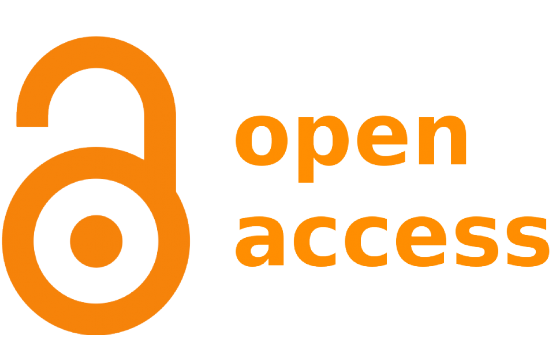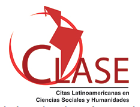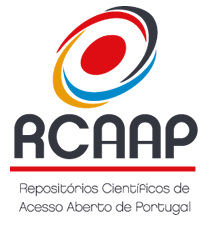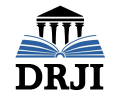The didatic model in teaching french as a foreign language: a study of the genre Itinéraire de Voyage
DOI:
https://doi.org/10.5433/1679-0383.2012v33n1p47Keywords:
Text genres, Didactic model, Genre itinéraire de voyage, Teaching of French.Abstract
This paper aims to show the relevance of teaching French as a foreign language through text genres, especially if we assume that the perspective adopted is one that privileges the action in a foreign language. In addition, we aim to reflect about the importance of knowing a genre before teaching how to produce it as well as point some difficulties involved in the elaboration of a didactic model, particularly when working with foreign languages. Therefore, we will analyze the genre itinéraire de voyage, and from observation of several texts of the same genre, we will elaborate a didactic model of this genre, as presented by Schneuwly and Dolz (2004). The theoretical basis of this study relies on the work of Schneuwly and Dolz (2004) and Bronckart (1999, 2004, 2006) for the definition of textual genres and the elaboration of a didactic model of the genre itinéraire de voyage. The didactic model of a genre is a collection of the characteristics of its teachable dimensions and is one of the steps towards the adoption of genres as a teaching object. Once completed, the didactic model can be used as a teaching tool for the teacher to choose what he/she will teach and how.
Downloads
Downloads
Published
How to Cite
Issue
Section
License
Semina: Ciências Sociais e Humanas adopts the CC-BY-NC license for its publications, the copyright being held by the author, in cases of republication we recommend that authors indicate first publication in this journal.
This license allows you to copy and redistribute the material in any medium or format, remix, transform and develop the material, as long as it is not for commercial purposes. And due credit must be given to the creator.
The opinions expressed by the authors of the articles are their sole responsibility.
The magazine reserves the right to make normative, orthographic and grammatical changes to the originals in order to maintain the cultured standard of the language and the credibility of the vehicle. However, it will respect the writing style of the authors. Changes, corrections or suggestions of a conceptual nature will be sent to the authors when necessary.

















